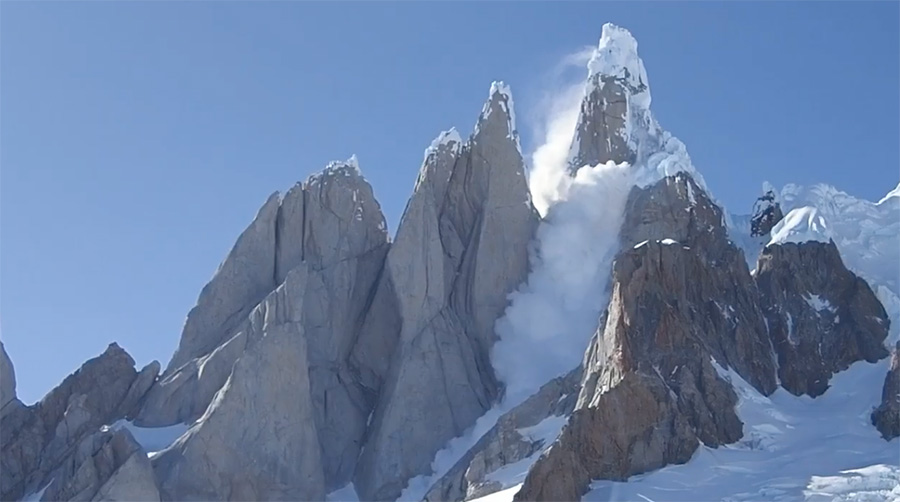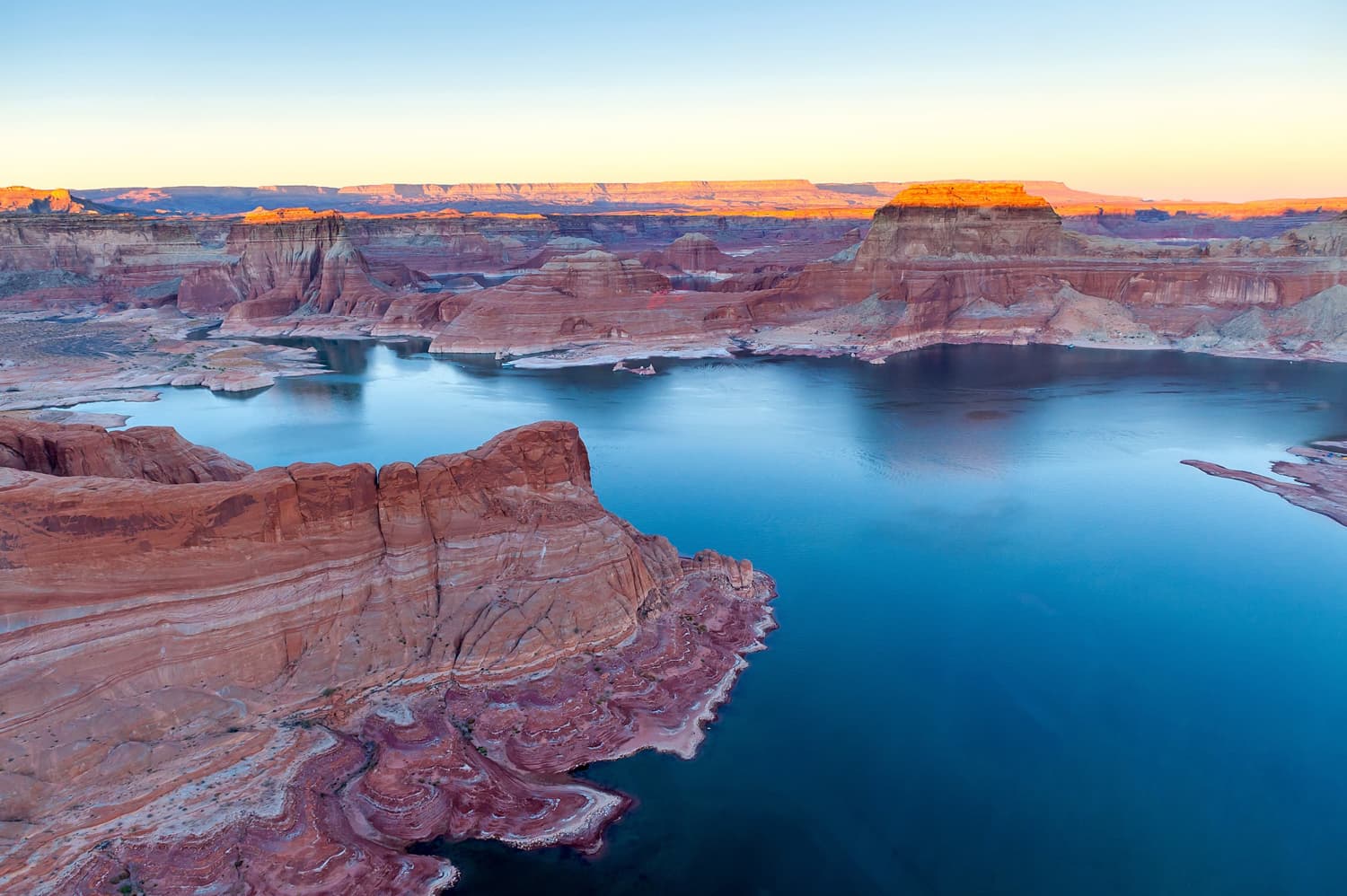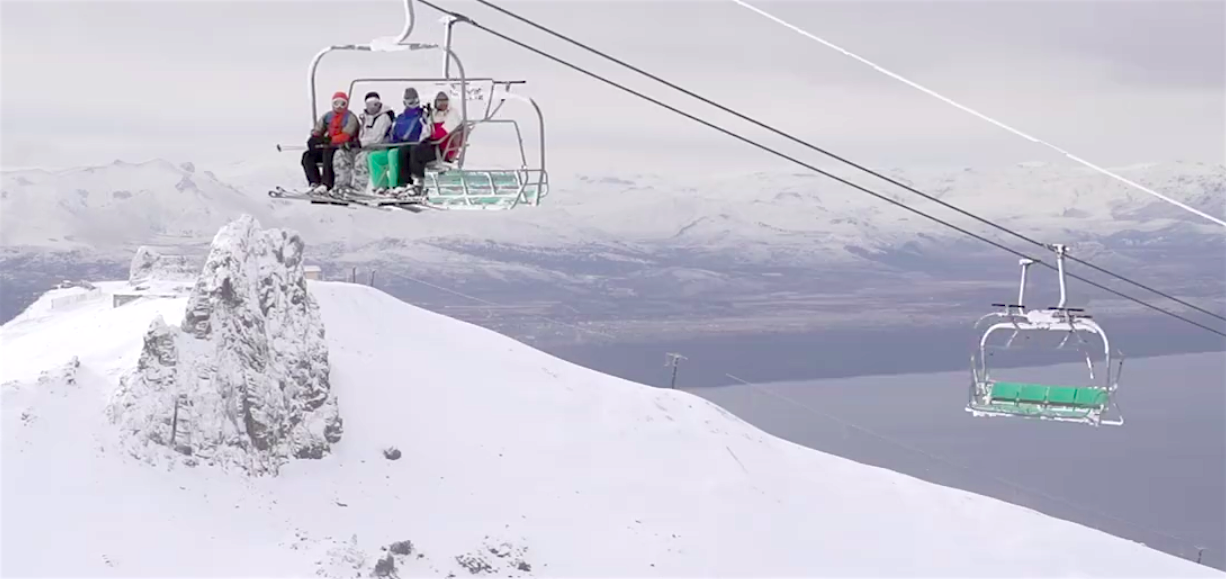
Tahoe: “State of the Lake” Report
by UC Davis
July 27th, 207
The UC Davis Tahoe Environmental Research Center today released its annual Tahoe: State of the Lake Report, assessing a year marked by the hottest temperatures on record followed by a winter of unprecedented levels of rain and snow in the Sierra Nevada mountains, where Lake Tahoe resides.
The report dated 2017 summarizes data collected in 2016 as part of the center’s ongoing, decadeslong measurement programs, while also presenting research driven by important questions of the day. This includes how drought has impacted Tahoe’s forests, and the lake’s response to increasing levels of algae on the shoreline, climate change and invasive species. It also takes a first look at what new technologies, including autonomous underwater vehicles, are finding in the deepest parts of the lake.
Center director Geoffrey Schladow will present the report in a free, public talk tonight, July 27, at 5:30 p.m., at the Tahoe Center for Environmental Sciences in Incline Village.
“The year 2016 answered some outstanding questions, but posed as many new ones,” Schladow said. “We confirmed that stormwater control projects were helping to improve winter clarity. At the same time, climate change impacts were altering the ecology in ways that reduced summer clarity. In the nearshore of the lake, the linkage between the algae that wash up on beaches and invasive clams is becoming more compelling. For the first time, we can see a relationship between some boating activities and the spread of these same clams.”
Additional highlights include:
Dead and dying trees
The numbers of dead and dying trees throughout Tahoe and the Sierra Nevada are increasing due to a combination of drought stress, insect attack and disease. This carries direct implications for fire safety, biological diversity and carbon sequestration. A new NASA instrument on the International Space Station will likely provide further data to help understand these changes.
Climate change
Climate change is a complex, overarching factor for many changes occurring at the lake:
In the last four years, the lake has warmed 0.5 degrees per year — 14 times faster than the long-term warming rate. The absence of deep mixing of nutrients contributes to this warming and leads to a buildup of nutrients at the lake’s bottom.
Summers are longer. Since 1968, the amount of time when the lake exhibits summerlike conditions has increased by almost 26 days. The date of first spring snowmelt — March 29 in 2016 — has also moved up by 19 days since 1961.
While average water temperatures continue a warming trend, July water temperatures in 2016 fell by 2.9 degrees due to increased winds and cooler than usual air temperatures in June and July.
Climate change is also related to the growth of algae that thrive in warmer conditions and reduce clarity in the summer months. Meanwhile, winter clarity improved by nearly 12 feet in 2016, providing support that stormwater improvement projects around the lake are working.
Boats, clams and algal growth
Local boat inspection programs are helping to prevent new invasive species from entering the lake, but recent data show that boating activities may be exacerbating the spread of algal species already in the lake. Invasive Asian clams may also be concentrating nutrients in a way that encourages the growth of algae, which later washes up on Tahoe’s beaches.
Precipitation
Precipitation was at the long-term average for the Water Year 2016 (Oct 1, 2015-Sept 30, 2016). The lake level rose by more than 20 inches, bringing it back above its natural rim and allowing it to flow into the Truckee River.
Clarity
Clarity levels at Lake Tahoe in 2016 increased in winter and decreased in summer. The average annual clarity level was 69.2 feet, which is a 3.9-foot decrease from 2015, but still more than 5 feet greater than the lowest recorded average of 64.1 feet in 1997.
Winter clarity improved by 11.7 feet to 83.3 feet over the previous year. But summer values, driven by large concentrations of the algae Cyclotella, were 56.4 feet, a 16.7-foot decline over 2015, outweighing the improved winter clarity.
Report aims to inform nonscientists
The UC Davis Tahoe: State of the Lake report informs nonscientists about the most important factors affecting lake health and helps influence decisions about ecosystem restoration and management within the Lake Tahoe Basin.
The report was funded by the Lahontan Regional Water Quality Control Board, the Tahoe Fund, the Tahoe Lakefront Owners Association, the Tahoe Regional Planning Agency, the California Tahoe Conservancy, the Nevada Division of Environmental Protection, the Tahoe Water Suppliers Association, the Tahoe Marina Owners Association and the Incline Village Waste Not Program, and individual donations.
The full report is available on the UC Davis Tahoe Environmental Research Center website.




